Shipping hazardous materials, commonly referred to as hazmat freight, involves transporting substances that pose risks to health, safety, property, or the environment. This is a critical aspect of the logistics industry, particularly when shipping from a major global hub like China to a rapidly developing market like Kuwait. The process necessitates stringent adherence to safety protocols and legal regulations to prevent accidents, environmental damage, and legal repercussions.
This comprehensive guide aims to provide an in-depth understanding of hazmat freight forwarding from China to Kuwait. It will cover the essentials of what constitutes hazardous materials, the key regulations governing their transportation. By ensuring that your shipment complies with all necessary regulations and safety standards, you can mitigate risks and ensure the smooth and efficient delivery of your goods.
Related articles you may be interested in : Shipping From China to KUWAIT
Understanding Hazmat Freight
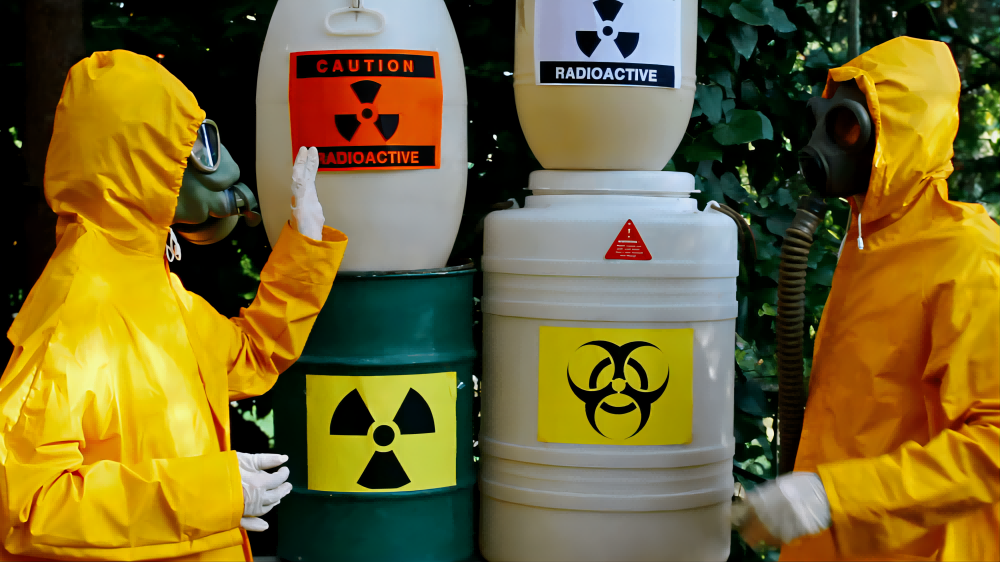
Hazmat (Hazardous Materials) refers to any substance or material that, due to its chemical, physical, or biological nature, can cause harm to people, property, or the environment during transportation. These materials are classified into different categories based on their hazard properties, such as flammability, toxicity, corrosivity, and reactivity.
Common types of hazardous materials shipped from China include:
- Flammable Liquids: Such as certain chemicals and solvents.
- Gases: Including compressed gases like propane and butane.
- Corrosive Substances: Such as acids and bases used in industrial processes.
- Toxic Materials: Including pesticides and certain pharmaceuticals.
- Radioactive Materials: Used in medical and industrial applications.
Understanding and correctly classifying these materials is crucial. Misclassification can lead to improper handling, packaging, and transportation, increasing the risk of accidents and regulatory penalties.
The transportation of hazardous materials is heavily regulated to ensure safety. Agencies such as the International Maritime Organization (IMO), the International Air Transport Association (IATA), and the ADR (European Agreement concerning the International Carriage of Dangerous Goods by Road) set stringent guidelines for shipping hazmat. These regulations cover aspects such as proper labeling, packaging, documentation, and transportation methods.
Key Regulations for Hazmat Shipping
Ensuring compliance with hazmat shipping regulations is paramount for any business involved in the transportation of hazardous materials. Regulations are set at multiple levels, including national, regional, and international, to safeguard public health and environmental safety.
China’s Regulations on Hazmat Freight

China has comprehensive regulations governing the transport of hazardous materials. These regulations are enforced by various agencies, including the Ministry of Transport and the General Administration of Customs. Key aspects include:
- Classification and Labeling: Hazardous materials must be correctly classified and labeled according to the UN Classification System.
- Packaging Requirements: Specific packaging standards must be adhered to, ensuring that materials are contained safely during transit.
- Documentation: Shippers must provide detailed documentation, including Material Safety Data Sheets (MSDS) and shipping declarations.
- Handling and Storage: Guidelines for the safe handling and storage of hazardous materials must be followed, both prior to and during transportation.
Kuwait’s Import Regulations for Hazardous Materials
Kuwait has its own set of regulations for importing hazardous materials, overseen by the Kuwait Environment Public Authority (KEPA) and the General Administration of Customs. Key requirements include:
- Import Permits: Importers must obtain the necessary permits and licenses to bring hazardous materials into Kuwait.
- Compliance with International Standards: Kuwait adheres to international standards such as the IMDG Code and IATA DGR, requiring shippers to comply with these guidelines.
- Inspection and Approval: Hazardous materials are subject to inspection upon arrival, and must meet all regulatory standards to be approved for entry.
International Regulations and Standards
International regulations play a critical role in ensuring the safe and compliant transportation of hazardous materials across borders. Major regulatory frameworks include:
- IMDG Code (International Maritime Dangerous Goods Code): Governs the maritime transport of hazardous materials, ensuring they are safely packed, labeled, and documented.
- IATA DGR (Dangerous Goods Regulations): Provides guidelines for the air transport of hazardous materials, including classification, packaging, and labeling requirements.
- ADR (European Agreement concerning the International Carriage of Dangerous Goods by Road): Regulates the road transport of hazardous materials across European countries.
Compliance with these regulations not only ensures the safety of the transportation process but also minimizes the risk of legal penalties and environmental harm. A proficient hazmat freight forwarder like Dantful International Logistics can help navigate these complex regulations, ensuring that your shipment meets all necessary requirements for safe and compliant delivery from China to Kuwait.
Shipping From China to Middle East Countries:
- Shipping from China to Saudi Arabia
- Shipping from China to UAE
- Shipping from china to KUWAIT
- Shipping From China To EGYPT
- Shipping from China to Bahrain
- Shipping From China To Jordan
- Shipping From China To Israel
- Shipping from China to Qatar
- Shipping From China To IRAQ
- Shipping from China to Iran
The Role of a Hazmat Freight Forwarder
A hazmat freight forwarder is a specialized logistics service provider with the expertise to handle the intricate processes involved in the transportation of hazardous materials. Their primary role is to ensure that hazardous freight is shipped safely, efficiently, and in compliance with all regulatory requirements. Here’s an in-depth look at their responsibilities:
Responsibilities of a Hazmat Freight Forwarder
- Regulatory Compliance: Ensuring that all shipments comply with international, national, and local regulations, such as the IMDG Code, IATA DGR, and country-specific guidelines. This includes proper classification, labeling, packaging, and documentation.
- Documentation and Paperwork: Managing all necessary documentation, including Material Safety Data Sheets (MSDS), shipping declarations, import/export permits, and customs forms. Accurate documentation is crucial for regulatory compliance and customs clearance.
- Risk Management: Assessing and mitigating risks associated with the transportation of hazardous materials. This involves planning safe routes, choosing appropriate transport modes, and ensuring that all safety protocols are adhered to.
- Coordination and Communication: Acting as a liaison between shippers, carriers, customs authorities, and regulatory bodies. Effective communication ensures that everyone involved is aware of the special requirements and safety measures needed for hazmat shipments.
- Training and Expertise: Providing specialized training for staff to handle hazardous materials safely and in compliance with regulations. This includes understanding the properties of hazardous materials and knowing how to respond to emergencies.
Services Offered by Hazmat Freight Forwarders
- Packaging Solutions: Providing or advising on appropriate packaging materials and methods to ensure the safe transport of hazardous goods.
- Customs Clearance: Facilitating smooth customs clearance by ensuring all paperwork is in order and liaising with customs officials.
- Transportation Management: Coordinating the most suitable transportation methods, whether by air, sea, or road, to ensure safety and compliance.
Steps in Hazmat Freight Forwarding Process

The process of forwarding hazmat freight involves multiple steps to ensure safety, compliance, and efficiency. Here’s a detailed breakdown of this process:
Proper Classification of Hazardous Materials
- Identify the Hazards: Determine the hazard class of the material based on its physical and chemical properties.
- Use Correct Labels and Placards: Apply the appropriate labels and placards as per regulatory requirements to indicate the type of hazard.
Packaging and Labeling Requirements
- Select Suitable Packaging: Use packaging that meets the standards set by regulatory bodies. Packaging must be durable, leak-proof, and capable of withstanding the rigors of transportation.
- Apply Correct Labels: Ensure that all packages are labeled according to the hazard class, including handling instructions and emergency contact information.
Documentation Needed for Hazmat Shipment
- Prepare Shipping Papers: Include all necessary documentation such as shipping declarations, MSDS, and certificates of origin.
- Keep Records: Maintain records of all shipments for regulatory compliance and audit purposes.
Customs Clearance Procedures in China and Kuwait
- Submit Required Documentation: Provide all necessary paperwork to customs authorities in both China and Kuwait.
- Compliance Checks: Ensure that all shipments comply with the import/export regulations of both countries to avoid delays or legal issues.
Transportation Options and Considerations
- Mode of Transport: Choose the most suitable mode of transport (air, sea, or road) based on the nature of the hazardous material and regulatory requirements.
- Route Planning: Plan the safest and most efficient route, considering factors like transit time, environmental conditions, and regulatory checkpoints.
Ensuring Safety in Hazmat Shipping
Safety is paramount when shipping hazardous materials. Implementing robust safety measures can prevent accidents, protect public health, and ensure regulatory compliance. Here’s how to ensure safety in hazmat shipping:
Risk Assessment and Management Strategies
- Conduct Risk Assessments: Identify potential risks associated with the transportation of hazardous materials and develop mitigation strategies.
- Develop Emergency Plans: Prepare contingency plans for emergencies such as spills, leaks, or accidents. Ensure that all personnel are trained to respond effectively.
Importance of Insurance Coverage for Hazmat Shipments
- Obtain Comprehensive Insurance: Secure insurance coverage that specifically addresses the risks associated with hazmat shipping. This provides financial protection in case of accidents, spills, or regulatory fines.
- Understand Coverage Terms: Ensure that the insurance policy covers all aspects of the shipment, including damage, loss, and liability.
Safety Training for Personnel Handling Hazardous Materials
- Regular Training Sessions: Conduct regular training sessions for all personnel involved in handling hazardous materials. Training should cover proper handling techniques, emergency response, and regulatory compliance.
- Certification Programs: Encourage staff to take certification programs to stay updated on the latest safety protocols and regulatory changes.
By following these steps and measures, you can ensure the safe and compliant shipping of hazardous materials from China to Kuwait. Engaging a specialized hazmat freight forwarder like Dantful International Logistics can significantly enhance the safety and efficiency of your shipments, providing peace of mind and ensuring regulatory compliance.
Why Choose Dantful International Logistics

Selecting the right freight forwarder is crucial for the successful transportation of hazardous materials. Dantful International Logistics stands out as a premier choice for several compelling reasons:
- Experience and Expertise: With years of experience in handling hazmat freight, Dantful has developed unparalleled expertise in managing the complexities of hazardous materials shipping.
- Regulatory Compliance: Dantful is well-versed in international and local regulations, ensuring that every shipment complies with the stringent requirements of both China and Kuwait.
- Comprehensive Services: From packaging and labeling to documentation and customs clearance, Dantful offers a full suite of services tailored to the needs of hazmat freight forwarding.
Dantful International Logistics Services:
- Dantful Ocean Freight Services
- Air Freight From China
- Amazon FBA Freight Forwarding
- WAREHOUSE Services
- One-Stop Customs Clearance Solution
- Cargo Insurance Services in China
- DDP Shipping Services By Dantful Logistics
- Out of Gauge Cargo Transportation Shipping Services
FAQ
What Are the Most Common Types of Hazardous Materials Shipped from China to Kuwait?
Common hazardous materials include flammable liquids, gases, corrosive substances, toxic materials, and radioactive materials.
What Documentation Is Required for Hazmat Shipments?
Required documentation typically includes Material Safety Data Sheets (MSDS), shipping declarations, import/export permits, and customs forms.
How Does Dantful Ensure Compliance with Hazmat Regulations?
Dantful ensures compliance through regular training, internal audits, accurate documentation, and staying updated with regulatory changes.
What Happens If a Shipment Is Found Non-Compliant?
Non-compliant shipments can face fines, delays, legal actions, and potential reputational damage.
References
For further reading and to verify the information provided, please refer to the following authoritative sources:
- International Maritime Dangerous Goods (IMDG) Code
- International Air Transport Association (IATA) Dangerous Goods Regulations
- European Agreement concerning the International Carriage of Dangerous Goods by Road (ADR)
- Kuwait Environment Public Authority (KEPA)

Young Chiu is a seasoned logistics expert with over 15 years of experience in international freight forwarding and supply chain management. As CEO of Dantful International Logistics, Young is dedicated to providing valuable insights and practical advice to businesses navigating the complexities of global shipping.




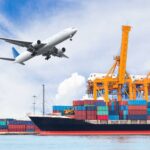
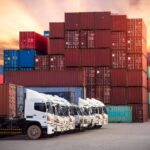
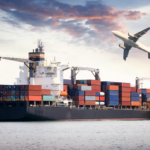
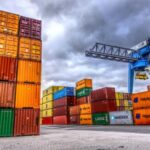



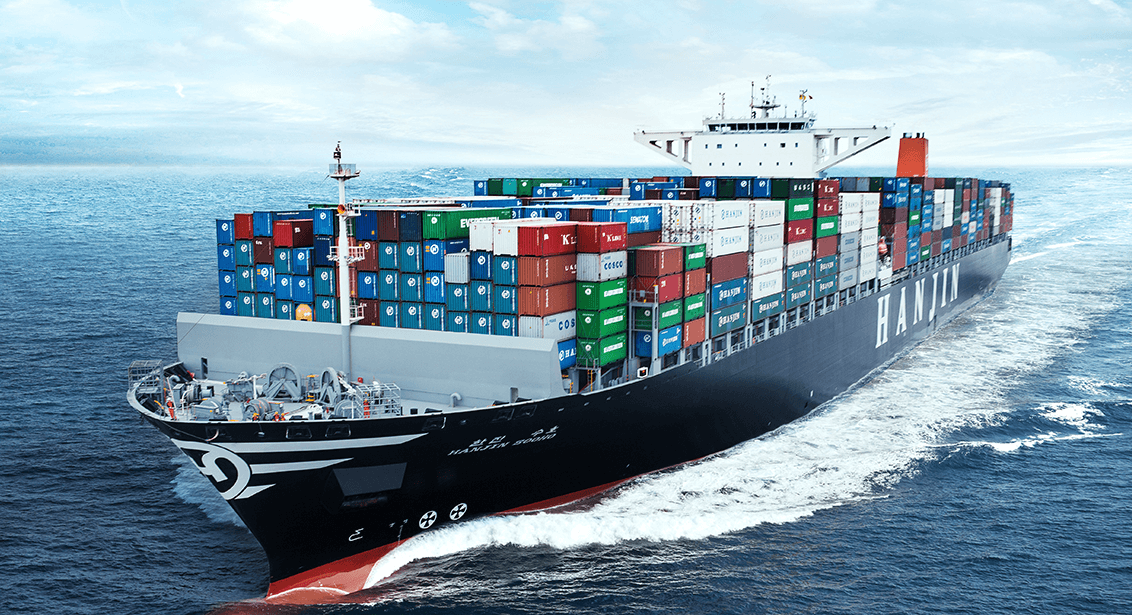
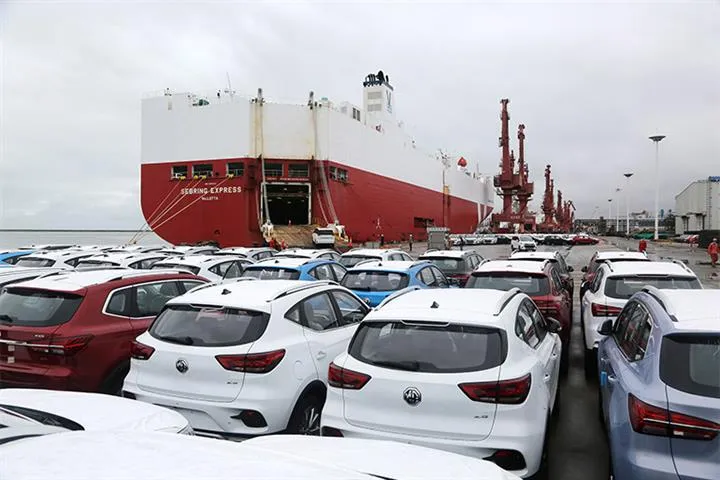

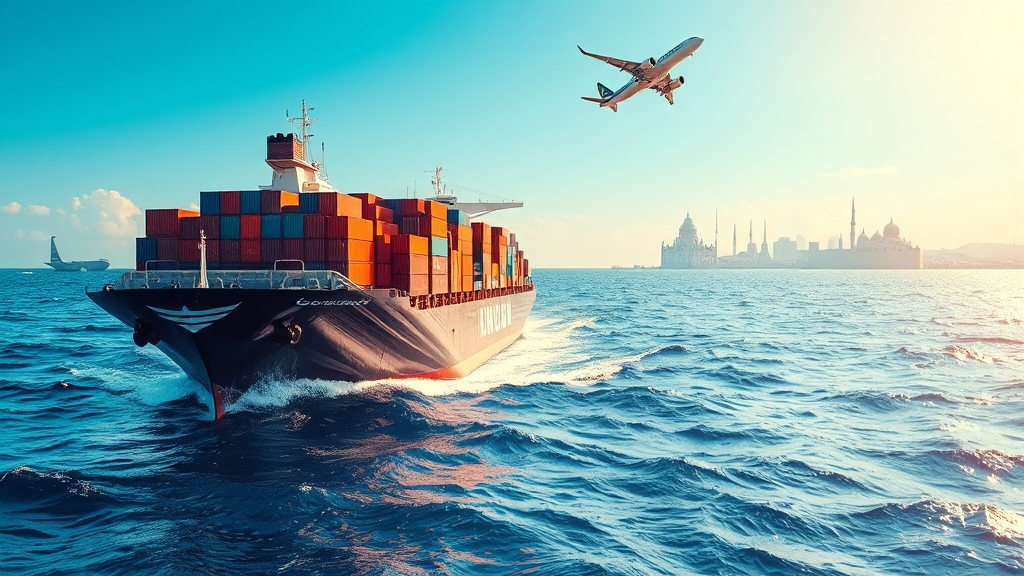
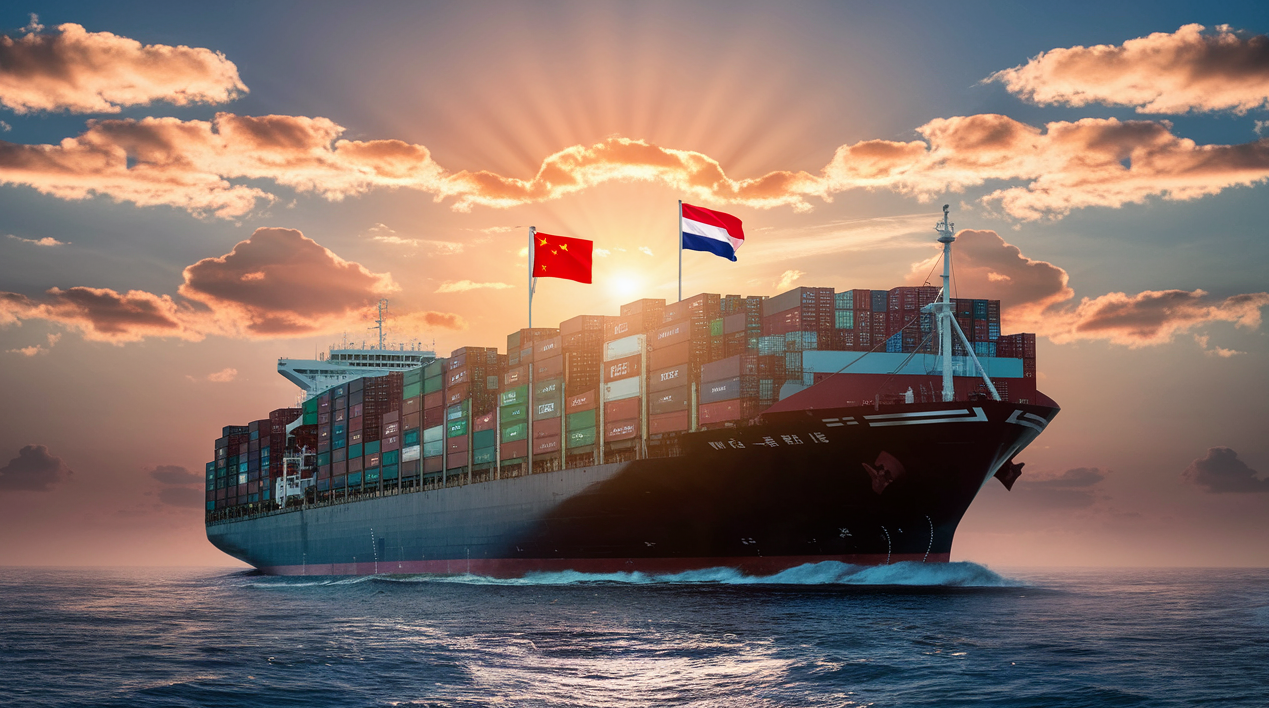





 Afrikaans
Afrikaans Shqip
Shqip አማርኛ
አማርኛ العربية
العربية Հայերեն
Հայերեն Azərbaycan dili
Azərbaycan dili Euskara
Euskara Беларуская мова
Беларуская мова বাংলা
বাংলা Bosanski
Bosanski Български
Български Català
Català Cebuano
Cebuano Chichewa
Chichewa 简体中文
简体中文 繁體中文
繁體中文 Corsu
Corsu Hrvatski
Hrvatski Čeština
Čeština Dansk
Dansk Nederlands
Nederlands English
English Esperanto
Esperanto Eesti
Eesti Filipino
Filipino Suomi
Suomi Français
Français Galego
Galego ქართული
ქართული Deutsch
Deutsch Ελληνικά
Ελληνικά Kreyol ayisyen
Kreyol ayisyen Harshen Hausa
Harshen Hausa Ōlelo Hawaiʻi
Ōlelo Hawaiʻi עִבְרִית
עִבְרִית हिन्दी
हिन्दी Hmong
Hmong Magyar
Magyar Íslenska
Íslenska Igbo
Igbo Bahasa Indonesia
Bahasa Indonesia Gaeilge
Gaeilge Italiano
Italiano 日本語
日本語 Basa Jawa
Basa Jawa ಕನ್ನಡ
ಕನ್ನಡ Қазақ тілі
Қазақ тілі ភាសាខ្មែរ
ភាសាខ្មែរ 한국어
한국어 كوردی
كوردی Кыргызча
Кыргызча ພາສາລາວ
ພາສາລາວ Latin
Latin Latviešu valoda
Latviešu valoda Lietuvių kalba
Lietuvių kalba Lëtzebuergesch
Lëtzebuergesch Македонски јазик
Македонски јазик Malagasy
Malagasy Bahasa Melayu
Bahasa Melayu മലയാളം
മലയാളം Maltese
Maltese Te Reo Māori
Te Reo Māori मराठी
मराठी Монгол
Монгол ဗမာစာ
ဗမာစာ नेपाली
नेपाली Norsk bokmål
Norsk bokmål پښتو
پښتو فارسی
فارسی Polski
Polski Português
Português ਪੰਜਾਬੀ
ਪੰਜਾਬੀ Română
Română Русский
Русский Samoan
Samoan Gàidhlig
Gàidhlig Српски језик
Српски језик Sesotho
Sesotho Shona
Shona سنڌي
سنڌي සිංහල
සිංහල Slovenčina
Slovenčina Slovenščina
Slovenščina Afsoomaali
Afsoomaali Español
Español Basa Sunda
Basa Sunda Kiswahili
Kiswahili Svenska
Svenska Тоҷикӣ
Тоҷикӣ தமிழ்
தமிழ் తెలుగు
తెలుగు ไทย
ไทย Türkçe
Türkçe Українська
Українська اردو
اردو O‘zbekcha
O‘zbekcha Tiếng Việt
Tiếng Việt Cymraeg
Cymraeg יידיש
יידיש Yorùbá
Yorùbá Zulu
Zulu